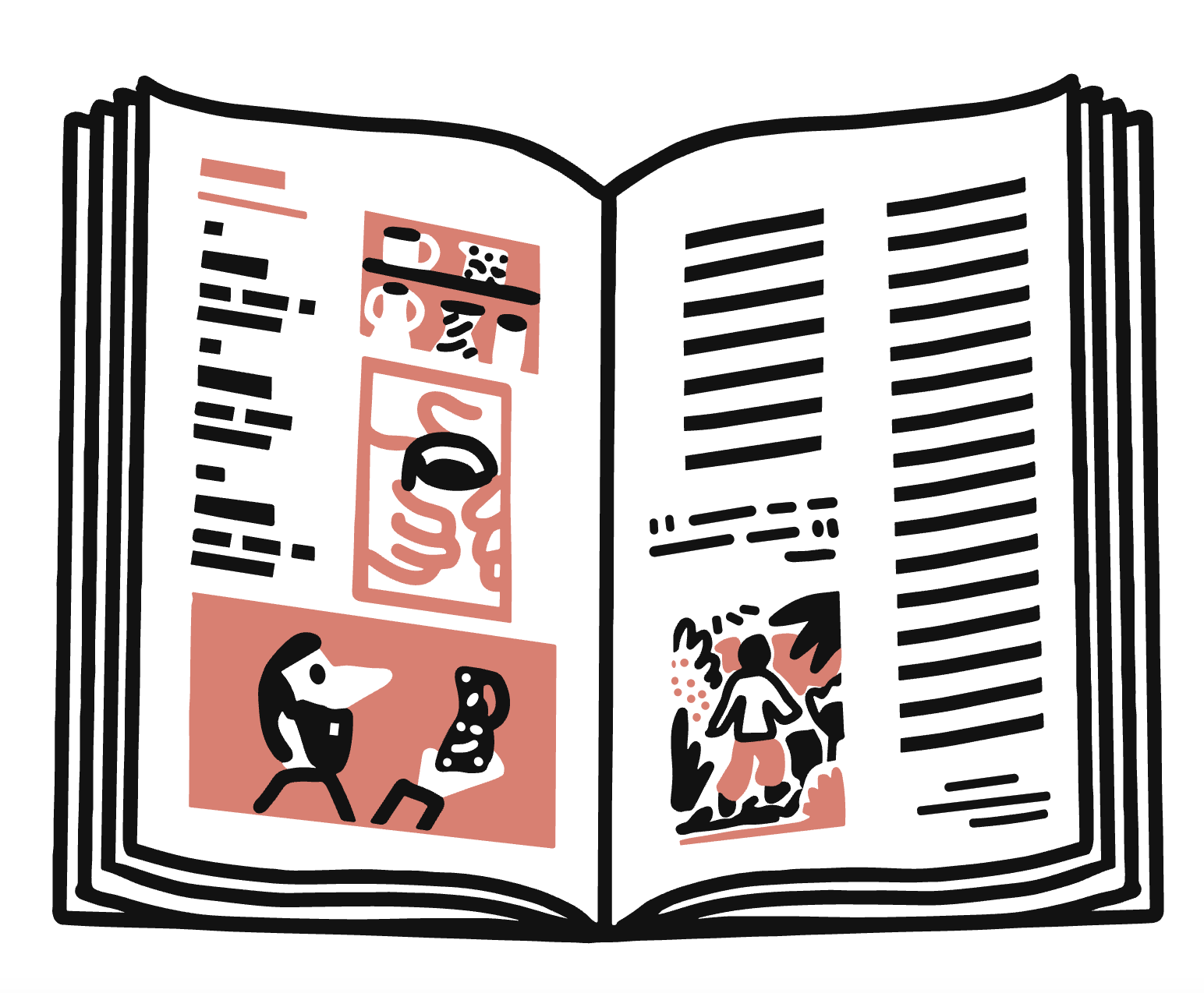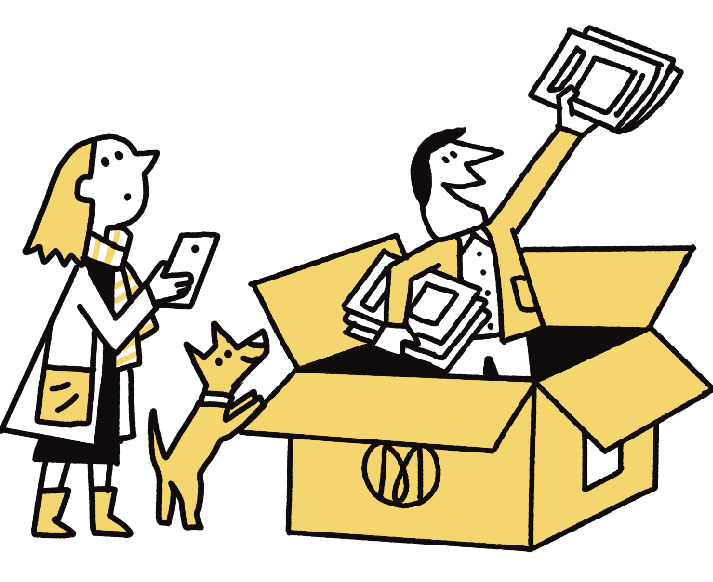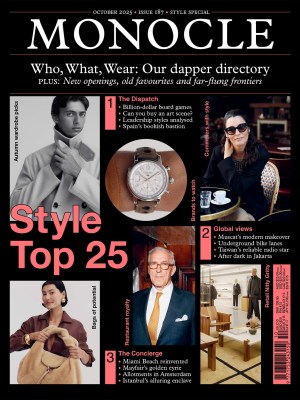Frieze Seoul might only be in its fourth year but it’s increasingly making a mark on the region. This year the fair runs alongside South Korea’s leading art event, Kiaf, and is taking place between 3 and 6 September. Here, Frieze Seoul director Patrick Lee discusses Seoul’s booming art scene, Frieze’s new permanent exhibition space and the best place for Korean barbecue in the city.
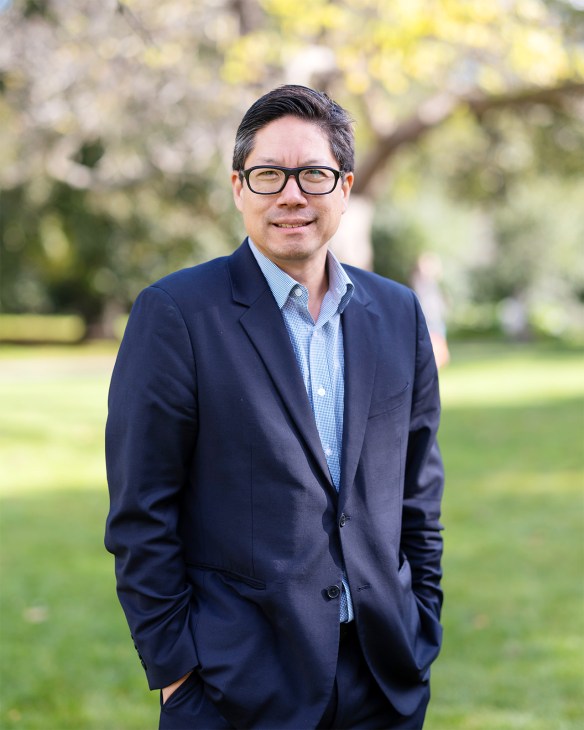
What makes Frieze Seoul special?
Frieze Seoul has become a cornerstone of a vibrant cultural week in the city, fostering collaboration between local institutions in ways that we hadn’t seen before. Late-night gallery openings across Euljiro, Hannam, Cheongdam and Samcheong allow visitors to experience Seoul’s rich cultural ecosystem, from museums and galleries to non-profits. What makes Seoul truly special is the depth and diversity of its arts institutions and the way that the city naturally connects art, design, food, music, film and fashion. Frieze Seoul has established itself not only as an important cultural event in the city but across Asia, and we’re grateful to the local community for welcoming the fair with such pride.
Now in its fourth year, how is Frieze Seoul expanding this time round?
Frieze Seoul continues to strengthen its presence in Asia, offering galleries a platform to connect with a wider audience. We have seen consistent year-on-year growth in Asian gallery representation, as well as in the number of international visitors travelling to the fair. This year, we are expecting the highest number of institutions attending, which reflects both the fair’s appeal and the vibrancy of Seoul’s cultural landscape. And, outside of the fair, we have our new year-round gallery space, Frieze House Seoul, opening over fair week. Very exciting.
Tell us more about the new permanent exhibition space, Frieze House Seoul, which is similar to London’s No.9 Cork Street.
Frieze House Seoul is dedicated to experimental contemporary exhibitions and fostering dialogue between Seoul and the international art world. The house will host gallery presentations, institutional collaborations and curatorial projects, exploring new ways to engage audiences beyond the fair. Its goal is to strengthen the ecosystem, cultivate long-term relationships and create a sense of community among artists, galleries and visitors – and all while deepening Frieze’s roots in the city. We’ve just announced the inaugural exhibition, UnHouse, curated by Jae Seok Kim and featuring works by Joeun Kim Aatchim and Haneyl Choi, among others. The exhibition engages directly with the space itself, reimagining the home – one of the most intimate yet politically charged spaces – through the lens of queer perspectives.
The art market is in a difficult place – does it feel as though Asia is facing the same problems as elsewhere?
Asia is experiencing a similarly measured approach to the art market as seen globally. Yet the region’s size and diversity mean that there are many opportunities for engagement. Frieze Seoul continues to foster dialogue between galleries, collectors and institutions, and the record number of participants this year demonstrates the compelling draw of the fair.
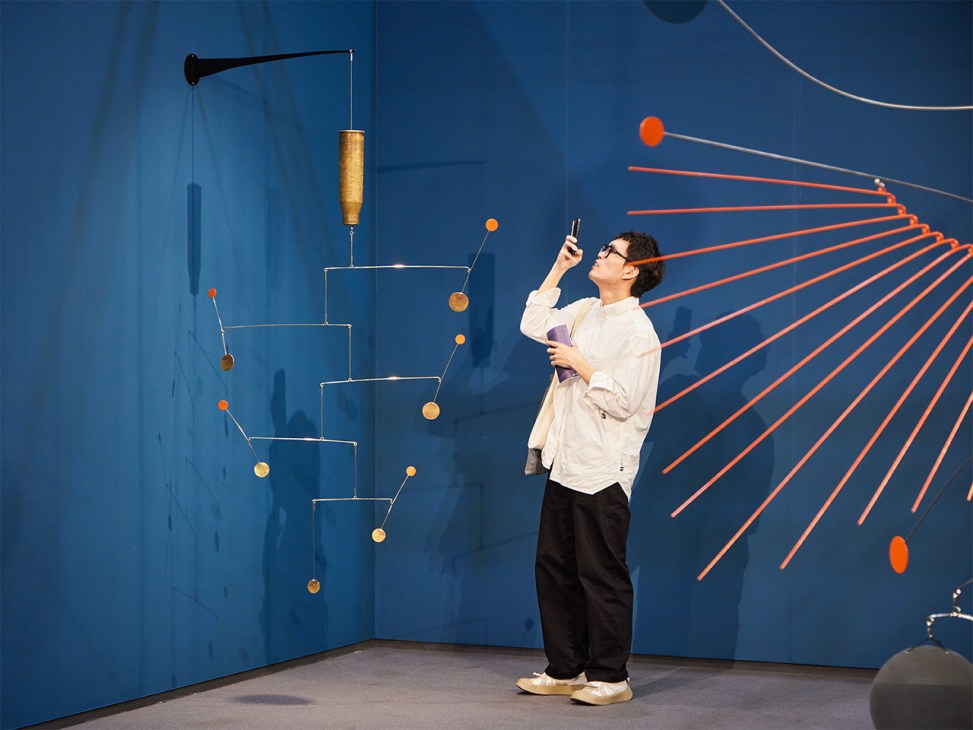
Which galleries are you particularly excited to host this year?
It’s an incredibly exciting year to see galleries from across Asia and to shine a light on the region’s vibrant art scene. It’s always difficult to choose given the sheer breadth of presentations across emerging, contemporary and modern art. That said, Blindspot Gallery from Hong Kong is showing at Frieze Seoul for the first time with artists such as Sin Wai Kin and Angela Su. Taka Ishii Gallery from Japan will present a solo exhibition by the young UK artist Jadé Fadojutimi. Antenna Space will collaborate with Commonwealth and Council on a joint booth showing works by Mire Lee, Evelyn Taocheng Wang and Guan Xiao. Also, Make Room Los Angeles and Apalazzogallery will showcase a solo presentation by the young South Korean artist Sun Woo, just to name a few.
What museum shows would you recommend that visitors catch while they’re in town (and why)?
It’s always a tough choice given the range of amazing exhibitions across Seoul’s major institutions but I’ll highlight four. Lee Bul’s exhibition at Leeum is highly anticipated, and she is an artist whom I deeply admire. Mark Bradford at the Amorepacific Museum of Art has already received great feedback from the local audience. I’m also excited to see Adrián Villar Rojas at Art Sonje. Finally, the Seoul Museum of Art is hosting the 13th Seoul Mediacity Biennale, curated by the team behind e-flux: Anton Vidokle, Hallie Ayres, and Lukas Brasiskis. It promises to be a highlight of the city’s art scene this year.
How important is live performance to this year’s programme?
Frieze Live remains a central part of the fair. This year, in partnership with Art Sonje’s Eleven Episodes, the programme highlights the next generation of South Korean artists, with a particular focus on gender-queer practitioners exploring identity, embodiment and belonging. Artists such as Yagwang, Chang Younghae and Ru Kim will perform both at the fair and across the city. Collaborations such as this allow Frieze Live to provide critical visibility for these artists and support the development of South Korea’s contemporary performance scene.
Where’s your favourite place to get a drink in the city?
Bar Cham and its offshoot Cham in Season have nice atmospheres and are popular with the artistic crowd. The cocktail bar Zest in the Cheongdam neighbourhood of Gangnam is in a very different area of the city, but it’s also great. It has a loyal following and many galleries host events there during Frieze Week.
And dinner?
Well, South Korea is known for its barbecue and currently everyone is talking about Golden Pig [Geumdwaeji Sikdang]. Despite the massive hype, it never ever disappoints.
Read next: Seoul might be living in the future but South Korea’s islands say not so fast
South Korea’s beauty industry is renowned for its trend-setting skincare products, often promoted by the country’s film and music stars. But 42-year-old Cha Haeyoung, the CEO and founder of perfume and skincare brand Nonfiction, wants to outgrow the K-moniker. “I have so much respect for K-beauty but I don’t want to be defined by it,” says Cha, who tends to stay out of the spotlight. With plans to expand to the US and Europe, she wants to create a borderless brand that transcends nations and any ties to her as founder and majority shareholder.
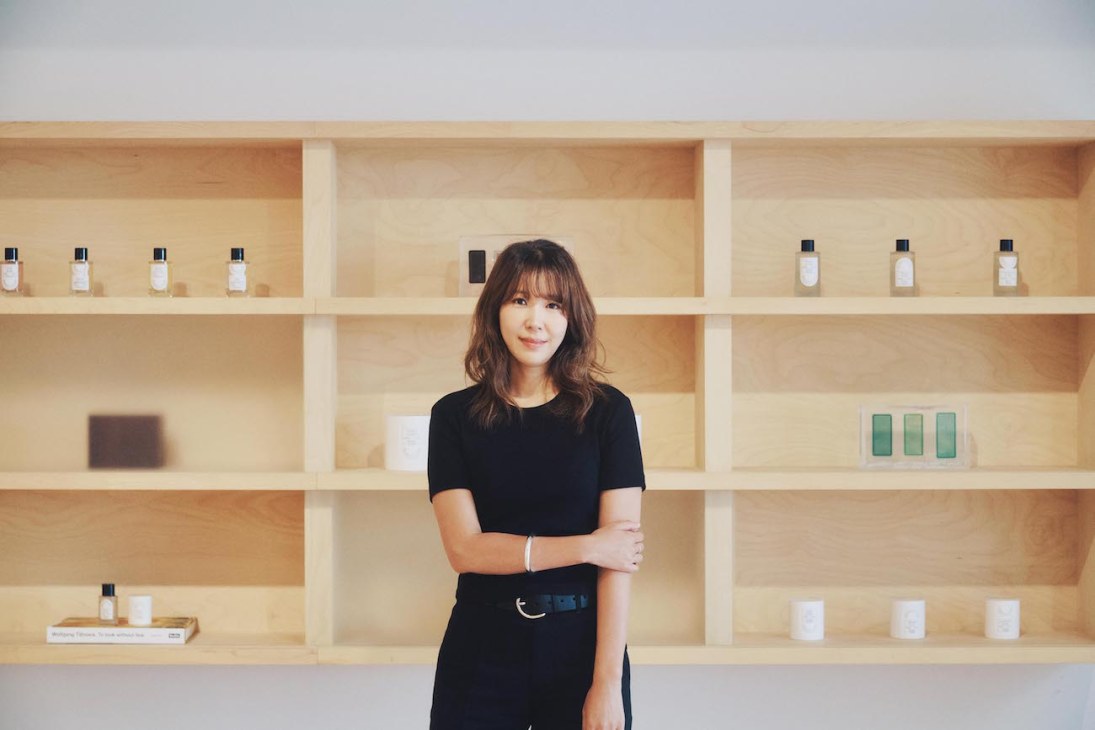
Dressed in black, Cha meets Monocle in Seoul’s Hannam neighbourhood, home to many of the country’s richest families. In Nonfiction’s boutique – one of 11 outposts in South Korea, alongside two in Japan and one in Hong Kong – yellow tulips bloom on display tables, adding colour to the brand’s monochrome aesthetic.
Floral scents have become Nonfiction’s flagship product line, popular with both men and women. These include The Rose, the latest perfume created by French perfumer Maurice Roucel. Cha says that she has always had a sensitive nose, though fragrance wasn’t in her original blueprint for the company. “This is embarrassing but I wasn’t used to buying South Korean perfumes,” she says. “There was a perception that the best scents were made abroad, so I didn’t think about making fragrances.”
A few years ago, Cha was introduced to well-established perfumers in France. At her first meeting with Roucel, the 79-year-old showed her original fragrance samples inspired by Nonfiction, created at his own initiative. “Maurice is the wittiest, coolest French grandpa,” says Cha. “He told me that Nonfiction inspired a minimalist, clear feeling. Something that brings out the very fragrance of our skin.” This encounter yielded their first collaboration, The Beige, in 2024.
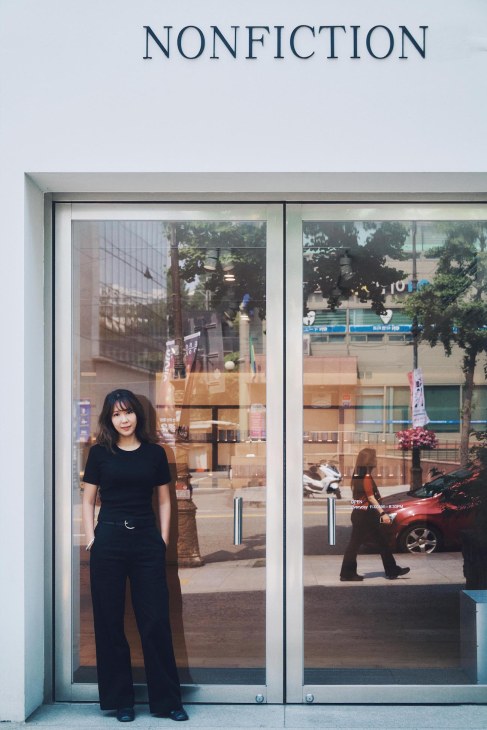
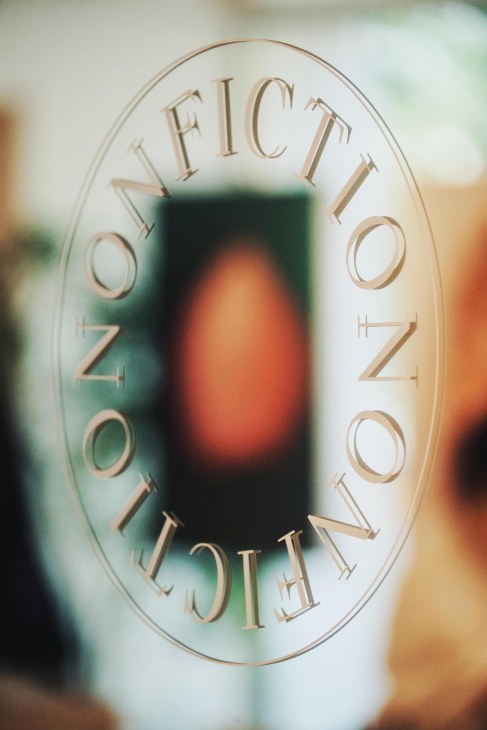
Nonfiction’s turnover last year surpassed €30m. Annual revenues are averaging double-digit growth and the six-year-old company now has almost 150 employees in South Korea alone. While perfume is powering its current growth, the coronavirus pandemic proved to be the first unexpected business opportunity. Nonfiction launched in 2019 with a collection of body washes and hand lotions sold at Sephora. These products became a viral gift for South Koreans to send each other during lockdown and, by the end of 2020, first-year sales of about €50,000 had soared to almost €3.5m. This growth was “shocking” for Cha. “At the time, I didn’t even know what that success meant,” she says. “I was scrambling to answer emails and attend meetings. The growing pains were indescribable. I had no time to feel happy. I was working all the time.”
Cha started Nonfiction with two employees. They would meet at her home, a “fairy-tale” period before rapid growth that she compares to falling in love. Cha describes her first showrooms, in Hannam and Busan, as having “the warmth of our grandmother’s living room”. The retro-themed shops were a hit, face masks and social distancing notwithstanding. “Good branding is about different elements coming together in harmony,” she says. “When I enter spaces that reflect that, I feel a huge thrill.”
“I have always loved clothes,” says Cha. “Since I was young, I have wanted to experience everything first: the best hair salon, the best natural wine, the best bread.” Now customers race to Nonfiction shops to be first to buy a new scent.
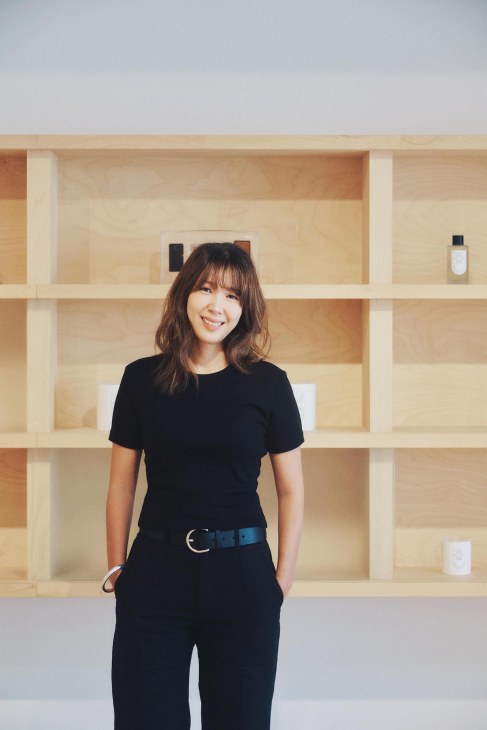
As international markets beckon, her advice to other entrepreneurs reflects her brand’s evolution. “Trust your instincts and be wary of flashy exteriors, especially your own,” she says. “What is seen by others is fiction. Explore what lies beneath.”
Six years since founding Nonfiction, Cha takes more holidays and strives for a better work-life balance, something she credits to her married life. Yet she remains committed to the business. “I love creating a product, making it sell well and building revenue,” she says. “If, some day, I’m OK with my company changing colours without me, I’ll let go then.”
nonfiction-beauty.com
Unlike Paris or Milan, Seoul doesn’t empty out come August. Despite the red line on the thermometer camping out in the mid-thirties and air conditioners working as hard as office staff, many Seoulites prefer to stay put. And yet South Korea’s islands offer an opportunity to slow down and discover – one slow ferry ride at a time – a more intimate side of a country that is hurtling towards the future at dizzying speed. Island-hopping is one of my favourite ways to travel on the peninsula of more than 3,000 islands. Sure, “only” 473 of them are inhabited but that’s still a generous playing field for summer expeditions and a much-needed break from the cars and karaoke bars of Seoul.
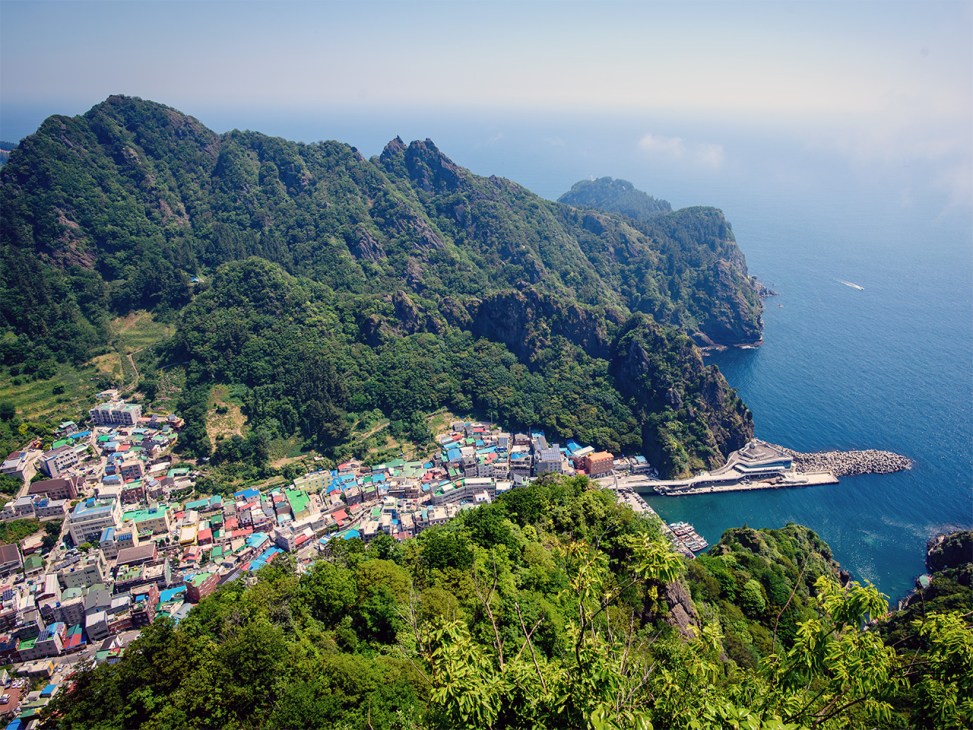
I have spent most of my adult life in and around the South Korean capital, where a staggering half of our 51 million people live and the majority of tourists visit. This year is predicted to break records for the number of international arrivals but most will stay in Seoul or join the domestic crowds flying to Jeju Island – the busiest passenger air route in the world. Jeju is South Korea’s biggest and best-known island: an oval-shaped volcanic rock in the middle of the sea passage that separates the Korean peninsula from Japan’s Kyushu Island. Yes, the beaches and palm trees belong on a postcard and there are some remarkable places to stay and become immersed in island life (Stayfolio is a great hotel designed by Z-Labs if you’re on the lookout). But even Jeju, home to fewer than 700,000 full-time residents, feels crowded. So, these days, when I need a break from the mainland and some blissful silence – I go elsewhere.
Gwanmaedo was my first time falling in love with one of those lesser-known islets. This tiny island of around 200 people, located in the southwestern tip of the peninsula, is a microcosm of South Korea’s shrinking population. The country has the lowest birthrate in the world and this is especially felt in rural communities and on islands such as Gwanmaedo, which had more than 1,000 residents in the 1980s. When I first visited many summers ago, I went camping with friends, swimming at empty beaches and hiking on trails, offering spectacular vistas out to sea. These remote islands are not known for famous tourist sites or social-media scenery but that is part of the allure. Destination restaurants might be thin on the ground but the village inn will always have fresh seafood. Ulleungdo is a three-hour ferry from Gangneung, on the eastern side of South Korea, and its seafood has become a delicacy. The island’s squid – whether sashimi or stir-fried – attracts travellers from far and wide.
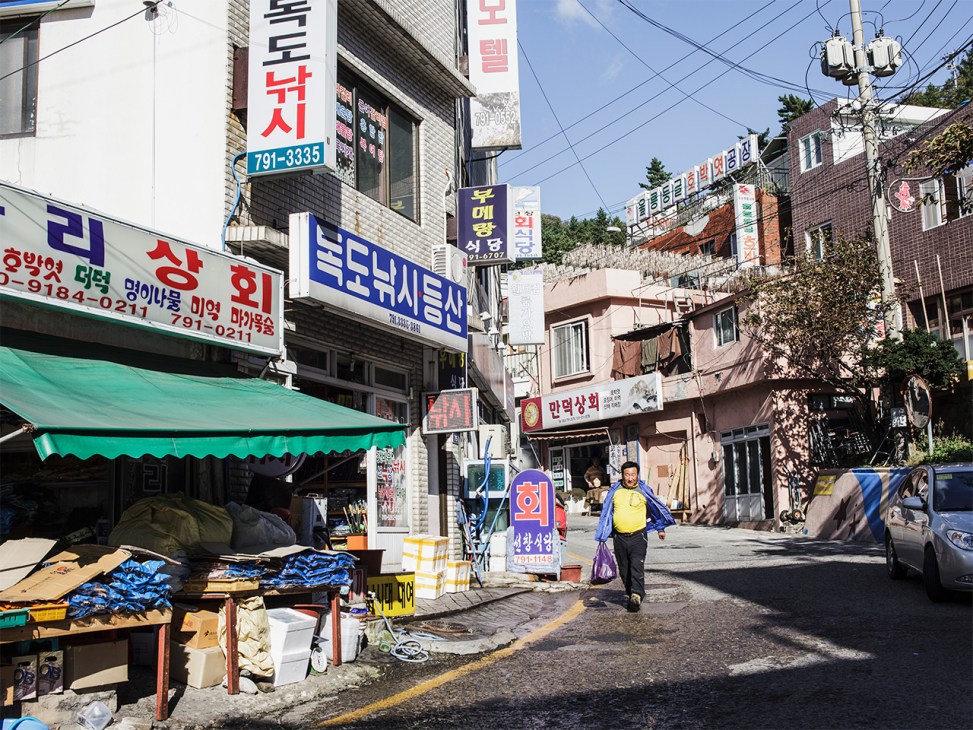
Remember, for all the benefits of avoiding the crowd, pack sensibly and be prepared for the realities of small-island life. English speakers will be as hard to find as a supermarket. Far from the frontier of the future in Seoul, the charm of South Korea’s islands is that they force you to recalibrate. Whether it’s for the weekend or a longer escape, there’s something profoundly hopeful in knowing that places such as Gwanmaedo and Ulleungdo still exist: beautiful, faraway and waiting to be explored – a reminder that sometimes the best journeys are the ones that take you back in time.
Donald Trump’s disdain for the US’s traditional partners is emerging as a central feature of his administration’s foreign policy. Washington’s Indo-Pacific allies have so far avoided such ire but Trump will eventually turn toward them – and likely pick the same fights that he has with Europe. South Korea seems particularly vulnerable because it has the two characteristics that Trump dislikes most in American allies: a large, expensive US security commitment and a substantial trade surplus. Japan has these traits too but a Trumpian assault on Tokyo would jeopardise the entire US position in East Asia, so Seoul will likely come first.
During his first term, Trump’s treatment of South Korea was brusque and dismissive. In 2017 he notoriously threatened to rain “fire and fury” down on North Korea. Then in 2018, he suddenly declared North Korean dictator Kim Jong-un his friend and met him three times. Throughout all of this, Trump ignored South Korean input and concerns. The US president’s 2017 war threats were not cleared with Seoul and unnerved then-South Korean president Moon Jae-in so much that he publicly stated that no military action could be taken against North Korea without the South’s permission. This norm had always been informally understood within the alliance because South Korea would carry most of the costs of any conflict. Trump characteristically ignored that tacit understanding.

Similarly, when Trump and Kim negotiated in 2018 and 2019, Moon and the South Koreans were explicitly cut out. The Trump administration did not clear any proposals made to Pyongyang with Seoul and Moon was never invited to any of the summits with the US president in attendance. Indeed, Trump later attacked Moon in the US media, stating that he intended to “blow up” the US-South Korea alliance if re-elected. Trump’s foreign policy has become even more vindictive in his second term. The US president gleefully trolled former Canadian prime minister Justin Trudeau with suggestions that his country should be annexed. And Trump’s falling out with Ukrainian president Volodymyr Zelensky seems mostly motivated by the latter’s refusal to grovel before him on camera. When Trump eventually turns to South Korea, it is reasonable to expect that his behaviour will be even worse than last time. South Korean officials and foreign-policy intellectuals are already preparing for this eventuality. Among other things, a previously niche South Korean debate on nuclearisation has grown dramatically since Trump’s arrival on the US political scene.
South Korea is particularly vulnerable to Trumpian threats. Like Poland or the Baltic states, it is a front-line democracy adjacent to a belligerent, nuclear autocracy; two, in fact: North Korea and China. Some 28,000 US troops stationed in the country have back-stopped South Korea’s rapid economic growth while acting as a tripwire to contain North Korea. Every US president since Harry Truman has supported this commitment. Trump, judging by his behaviour in Europe and general affection for dictators, does not. The US is still committed by treaty to South Korean security – as it is to Nato. But just as Trump seems unlikely to cleave to the Transatlantic Alliance’s collective-security guarantee, he is also likely to abandon South Korea should it become embroiled in a major conflict with North Korea or China.
Seoul’s response will probably mirror what European leaders have also declaimed over the past few months: major rearmament. Unlike Europe, South Korea has the industrial bases and defence manufacturers to rapidly churn out a large number of high-quality munitions. More controversial, however, will be the inevitable nuclear debate. South Korean public opinion has been strongly in favour of acquiring nuclear weapons for at least 15 years – a 2023 poll put the figure at 76 per cent. Political opinion is slowly tilting this way too, though it has been restrained by both intense US opposition and Washington’s support for the Non-Proliferation Treaty (NPT), intended to block the spread of nuclear weapons. Given its disdain for multilateral commitments, the Trump administration is unlikely to care much about the NPT. Since many in Seoul now believe that the US would not come to South Korea’s aid against its nuclear-armed autocratic opponents, the logical step is for the country to develop its own weapons. This would act as a demonstration for exposed US allies – most obviously Poland – to do the same. Trump is ushering in a world of nuclear proliferation – and he does not seem to care.
Robert E Kelly is a professor of political science at Pusan National University.
